Westwood World
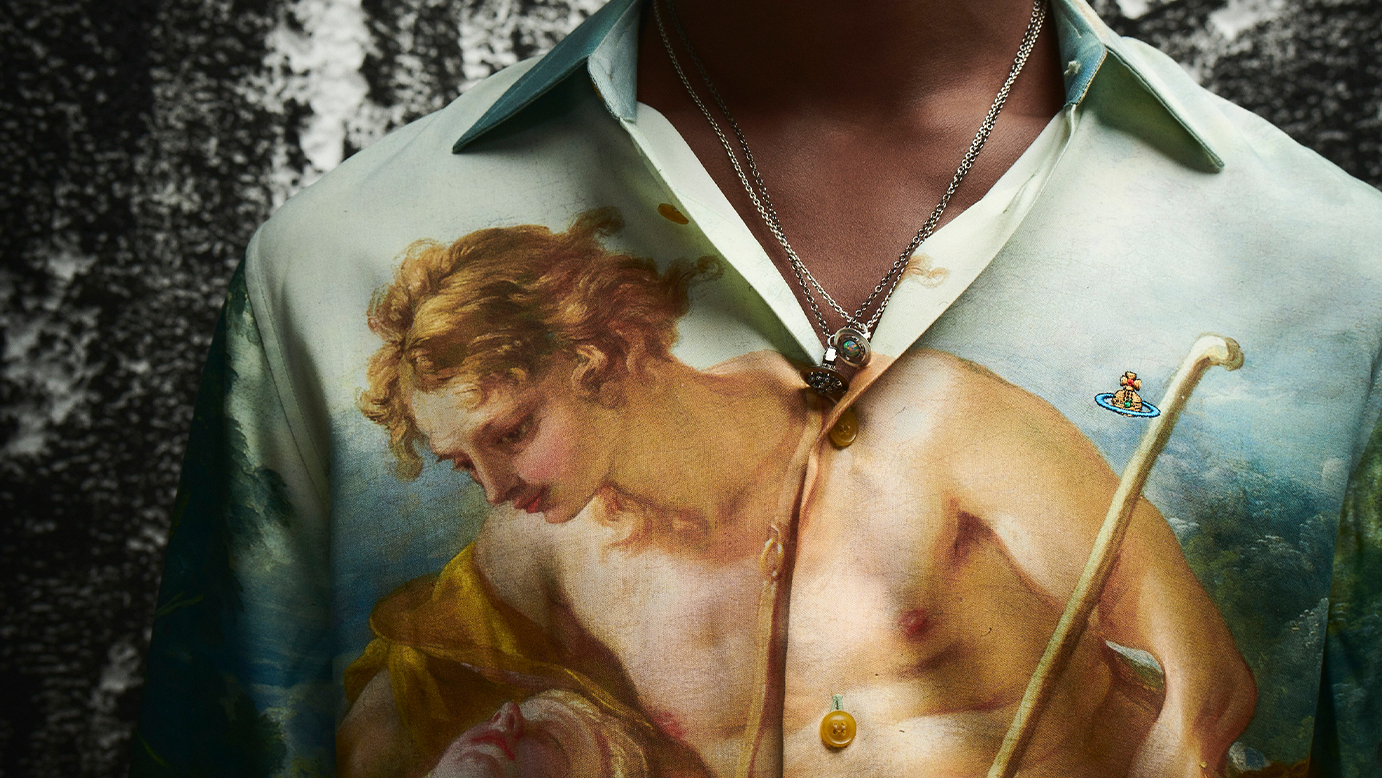
Heritage
27/03/2024
Westwood Heritage: A History with Wallace Collection
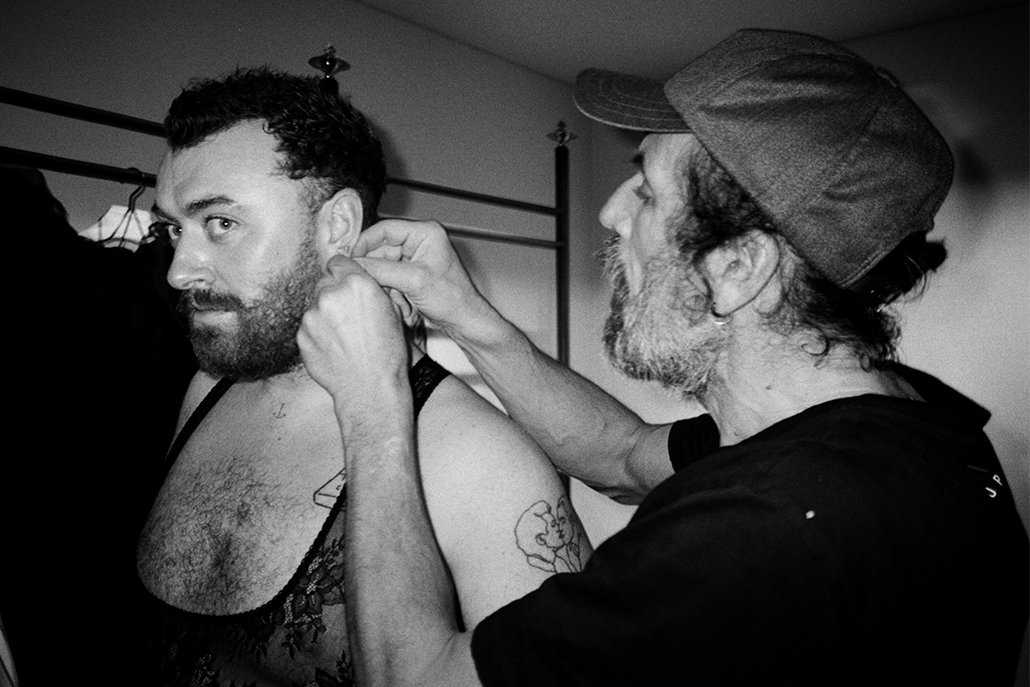
News And Projects
17/03/2024
Sam Smith – ‘Gloria: The Blackout’ Collaboration
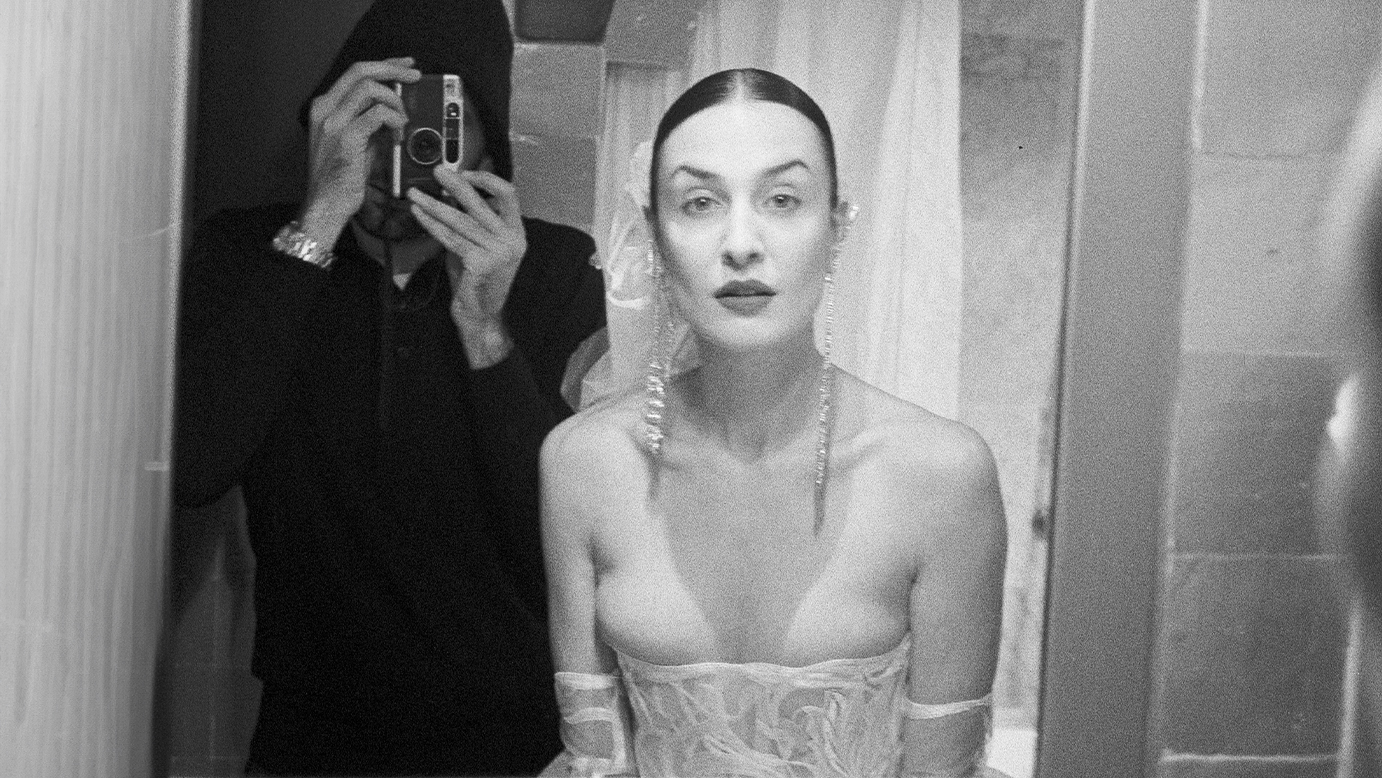
News And Projects
23/01/2024
BRIDAL 2024: AN ODE TO AFFINITY
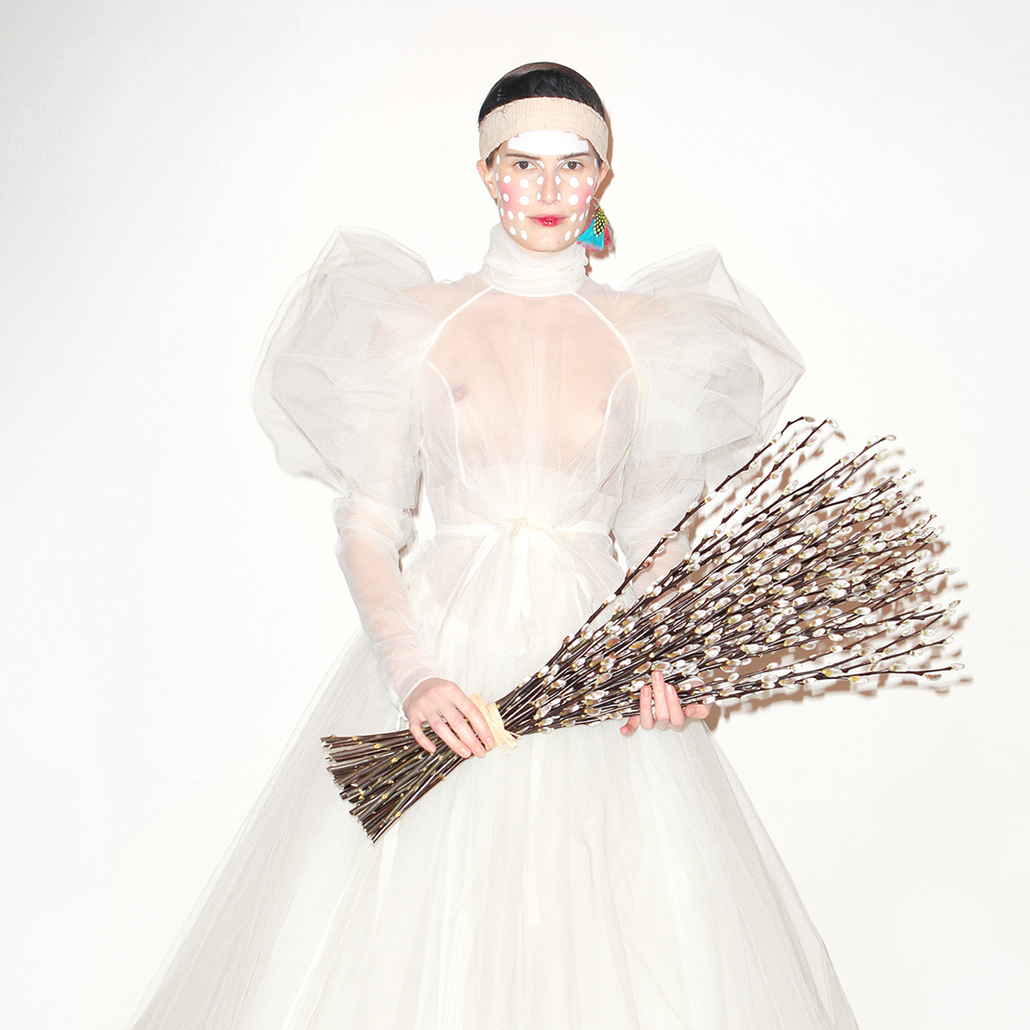
Heritage
21/11/2023
Westwood Heritage: A History of Bridal in our Collections
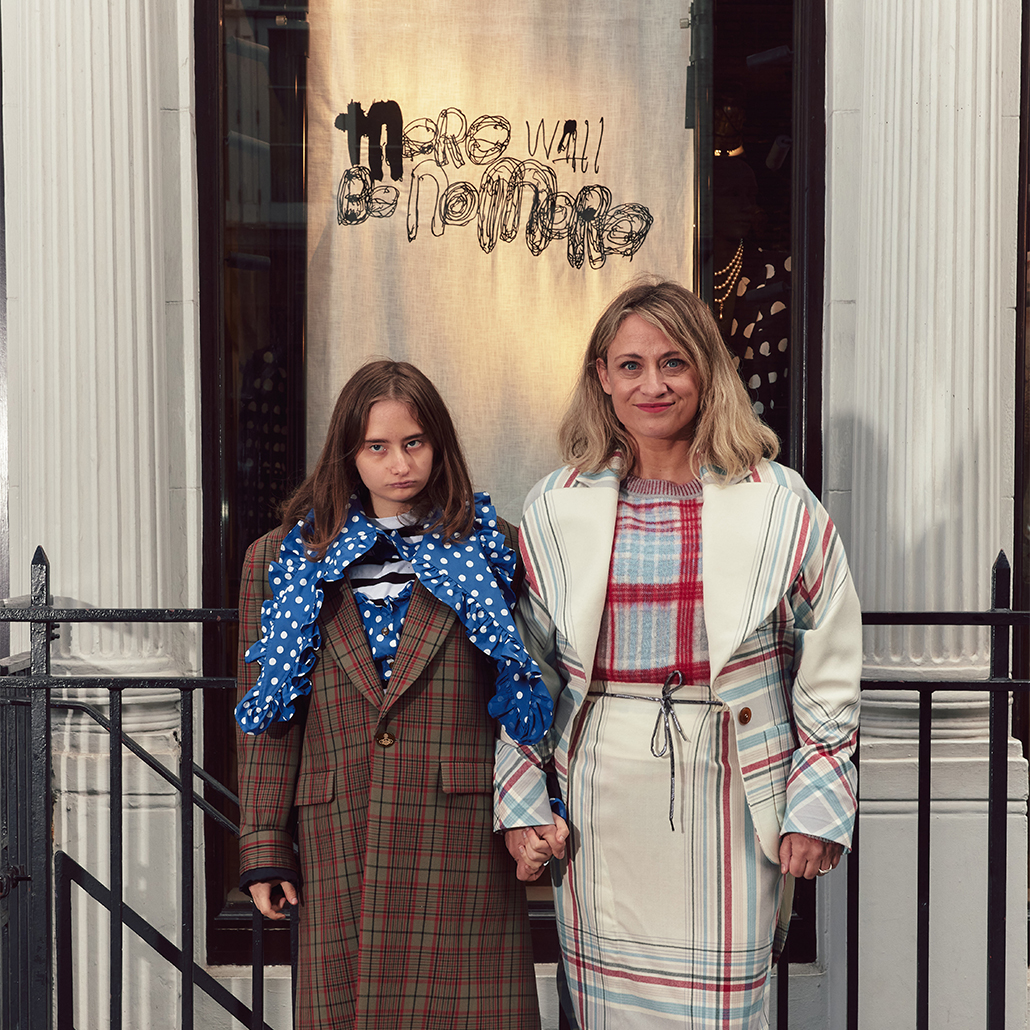
News And Projects
11/10/2023
More Will Be No More - AW23/24 Window Display
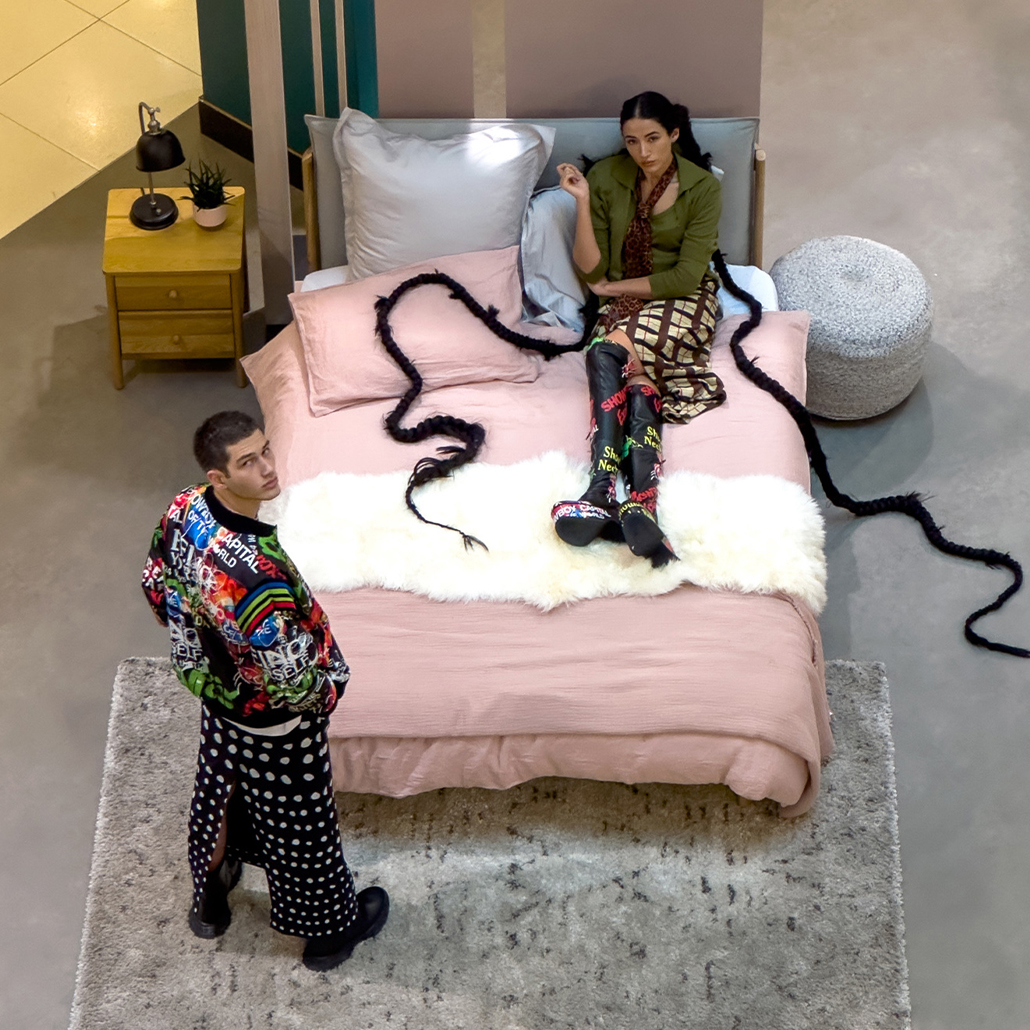
News And Projects
07/07/2023
A Second Life – AW23/24 Window Display
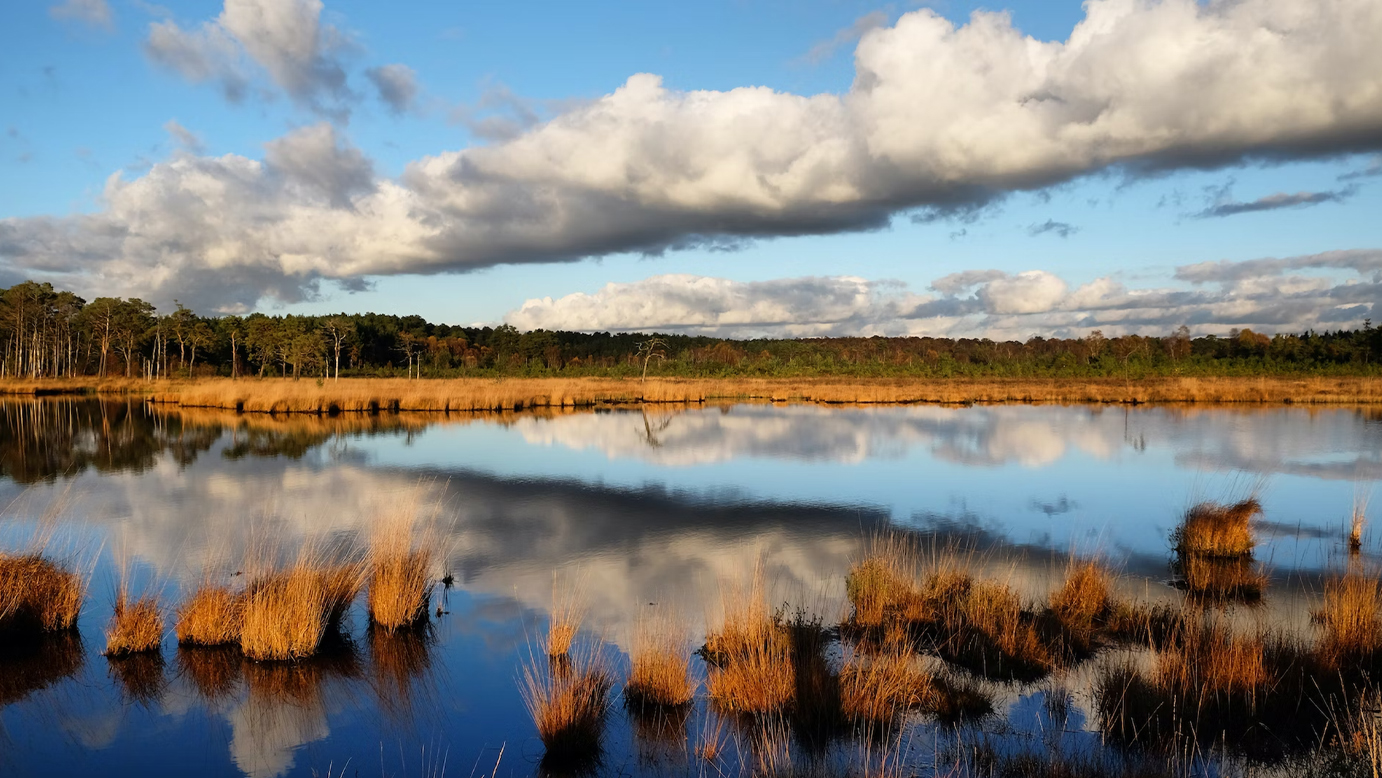
News And Projects
06/07/2023
Rewilding – A Window Into Wildlife's Natural Rythms
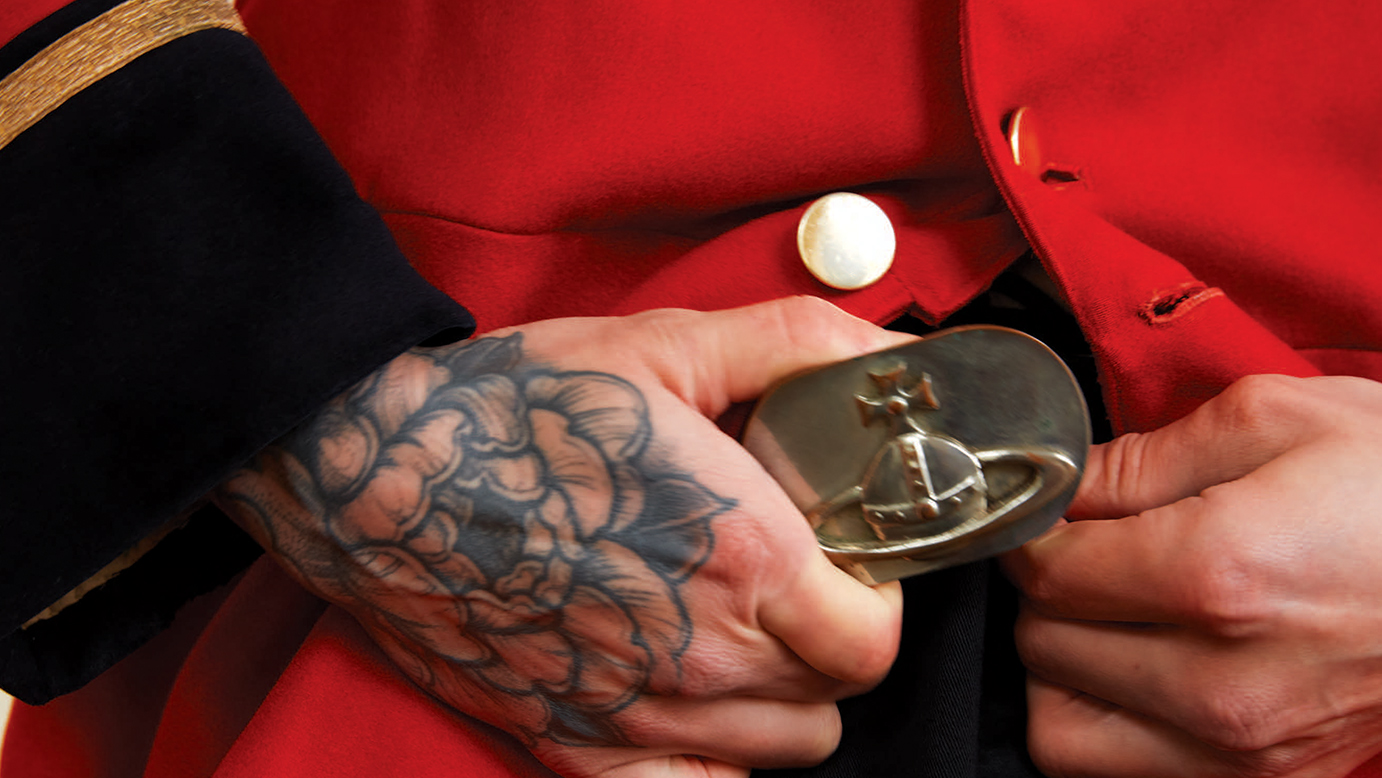
News And Projects
28/06/2023
Anglomania (for Vivienne) – A Tribute by Sean + Seng for Homme+
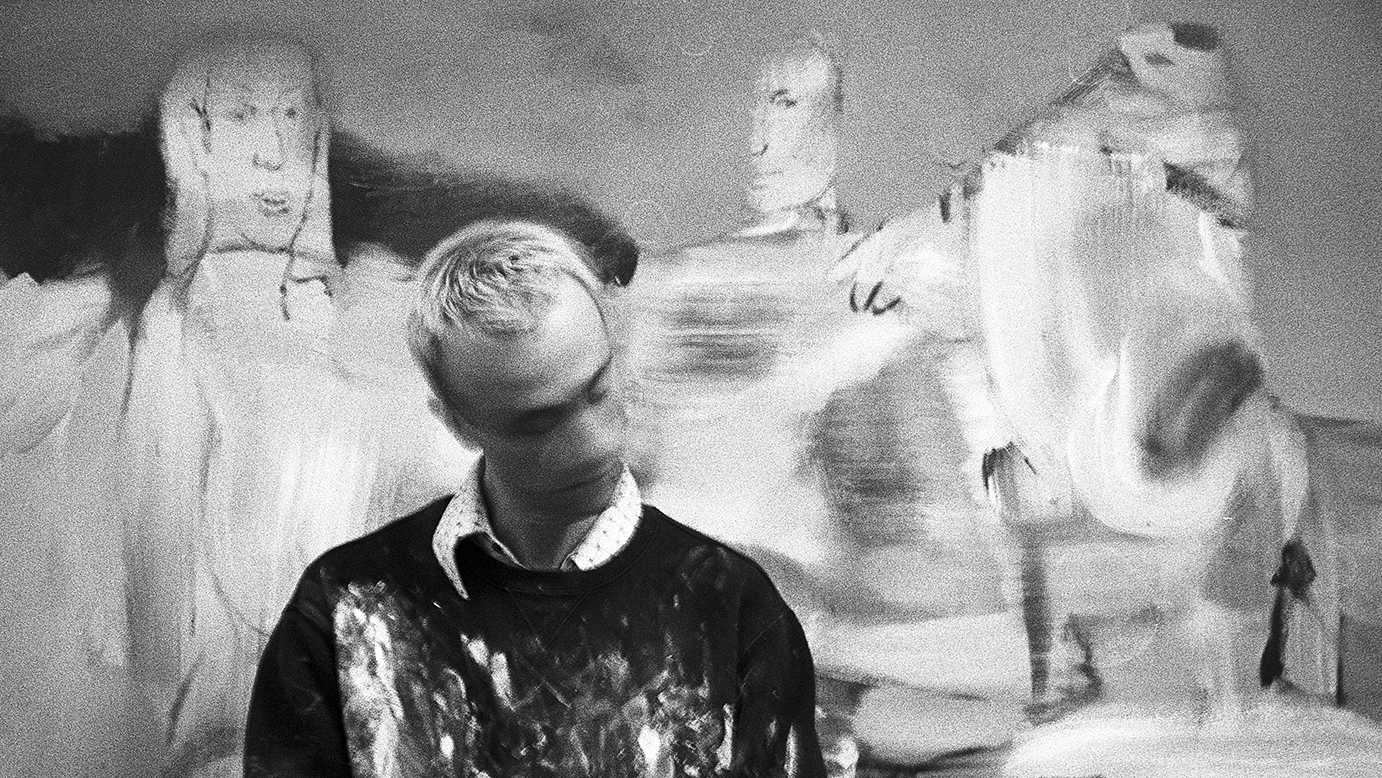
Mirror the World
02/06/2023
George Rouy – Body Suit
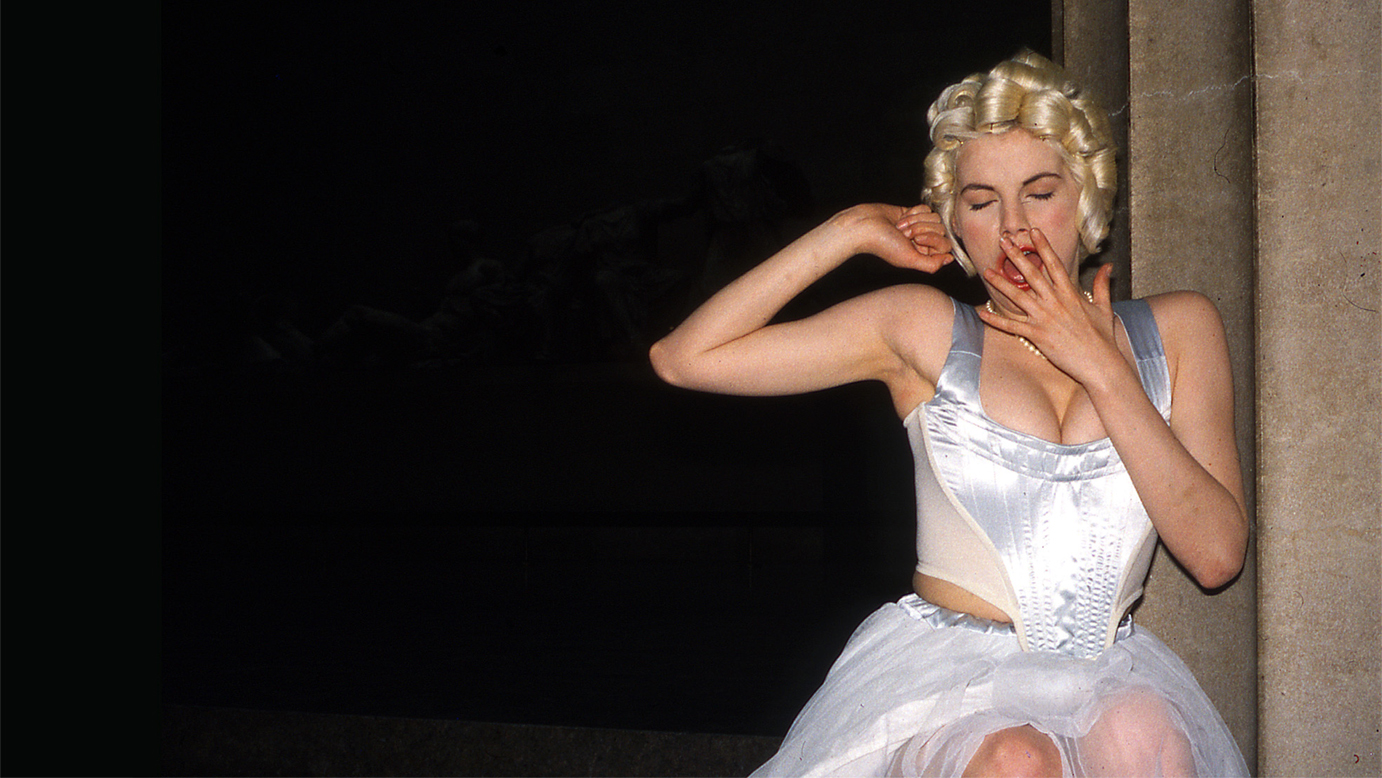
Heritage
17/04/2023
Westwood Heritage: Corsets
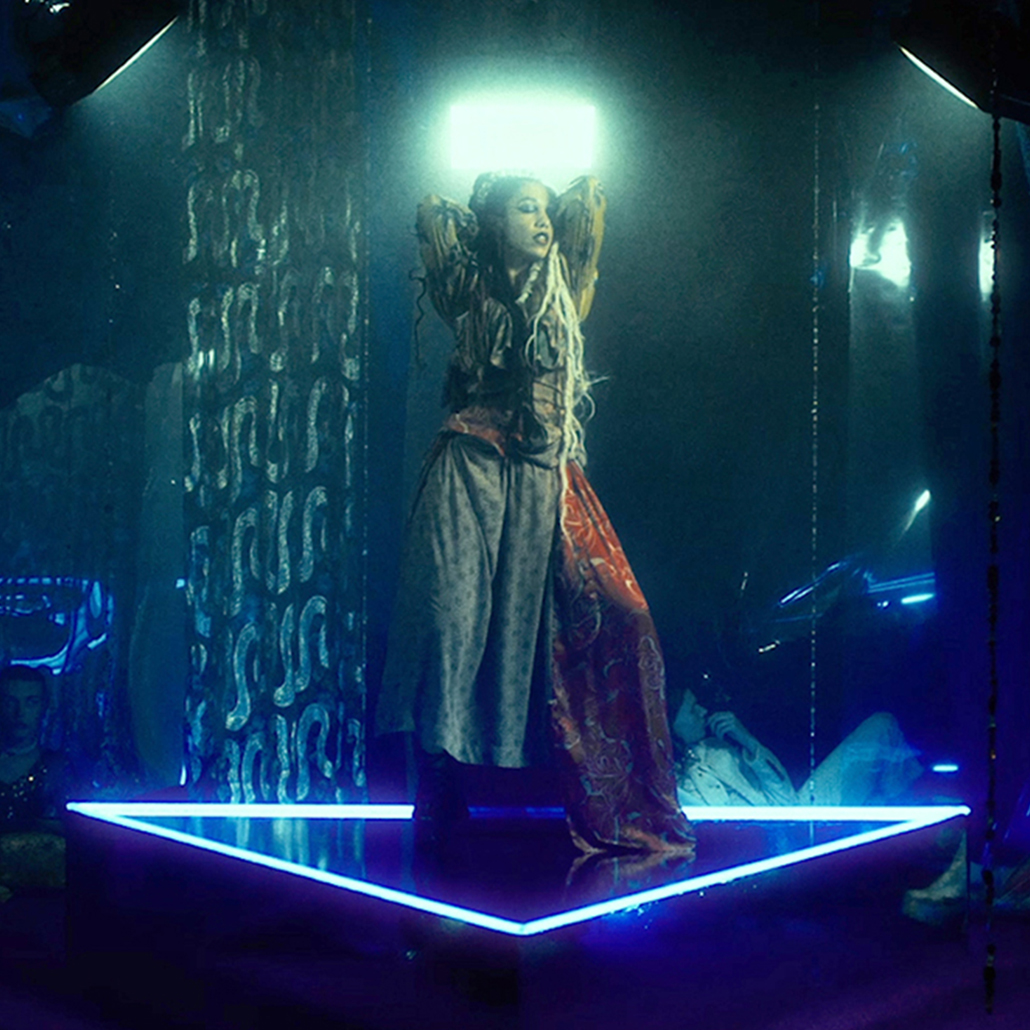
Mirror the World
14/04/2023
Jordan Robson - Pelvic Trance
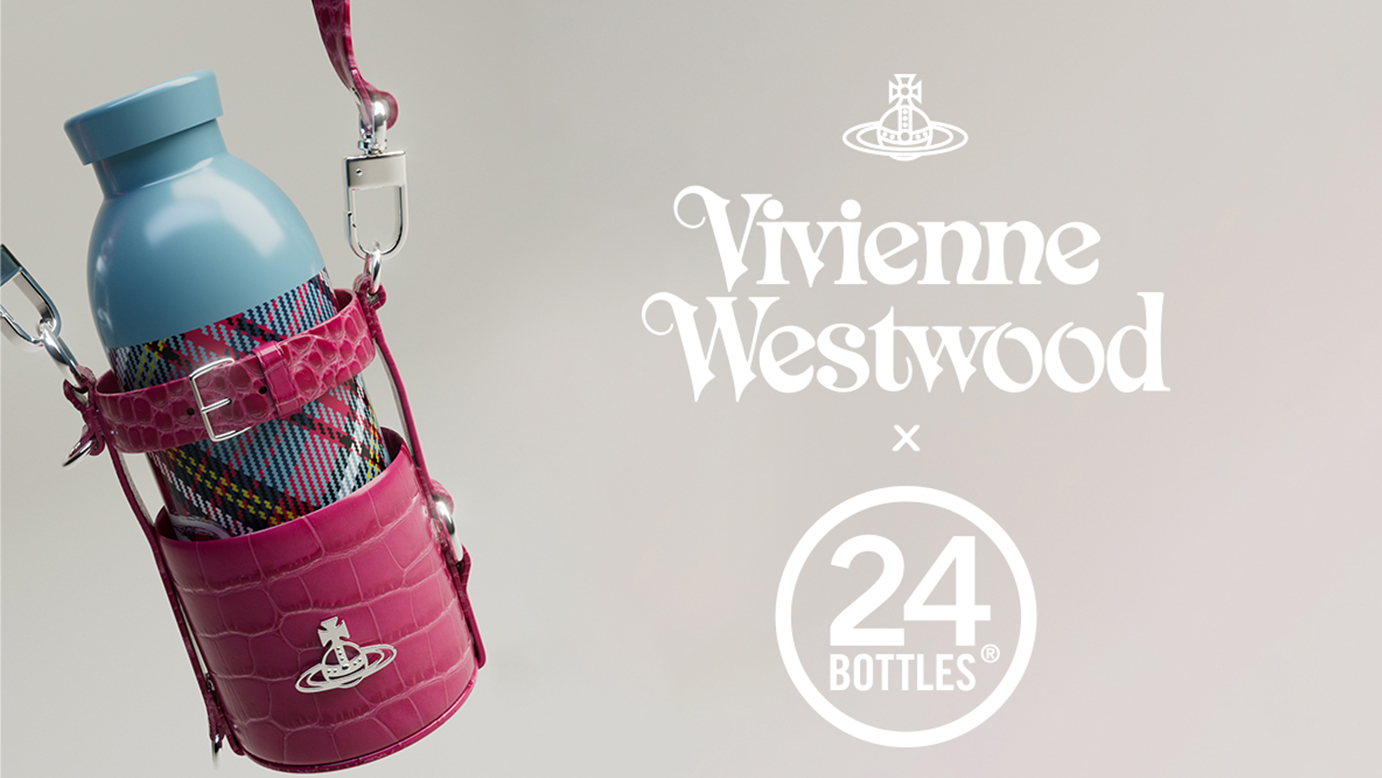
News And Projects
04/04/2023
Vivienne Westwood X 24Bottles
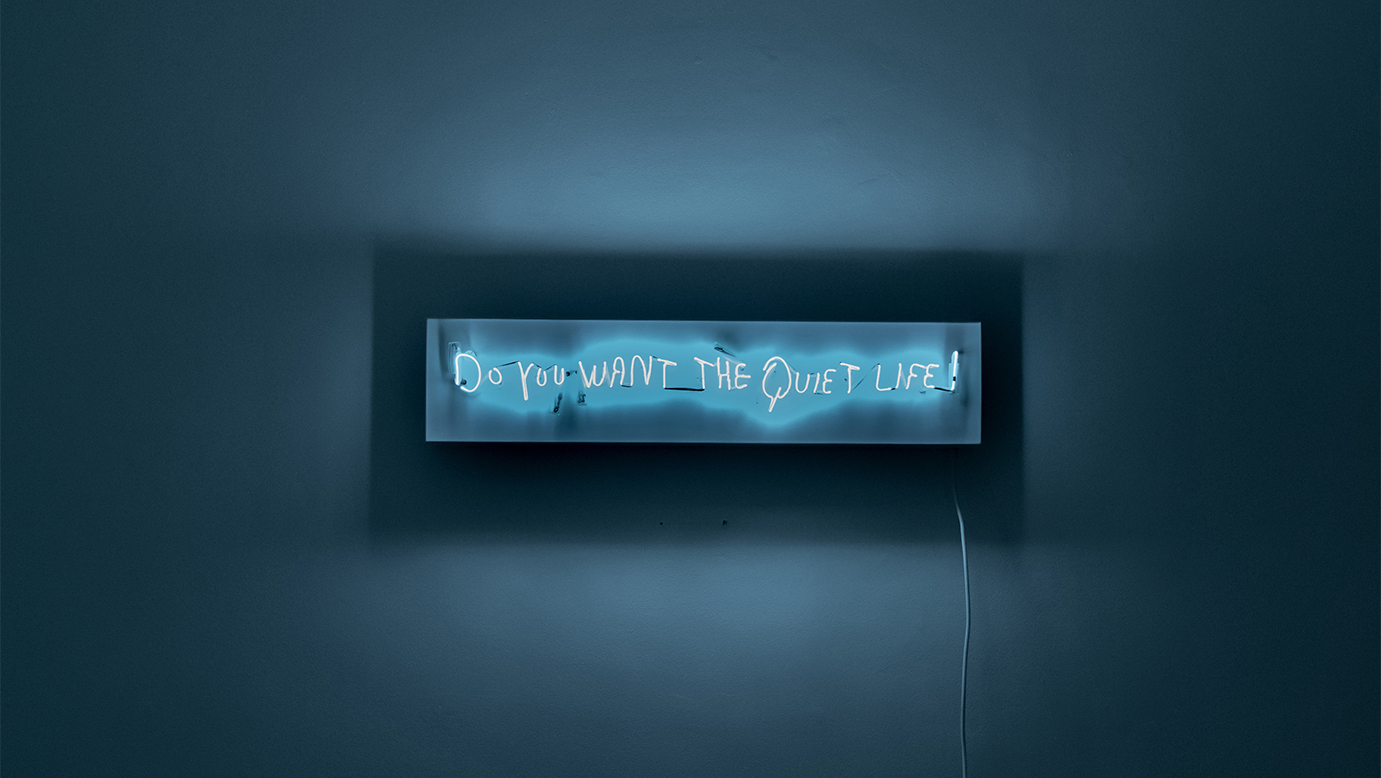
Mirror the World
31/03/2023
Joe Sweeney - Times Are Hard For Dreamers
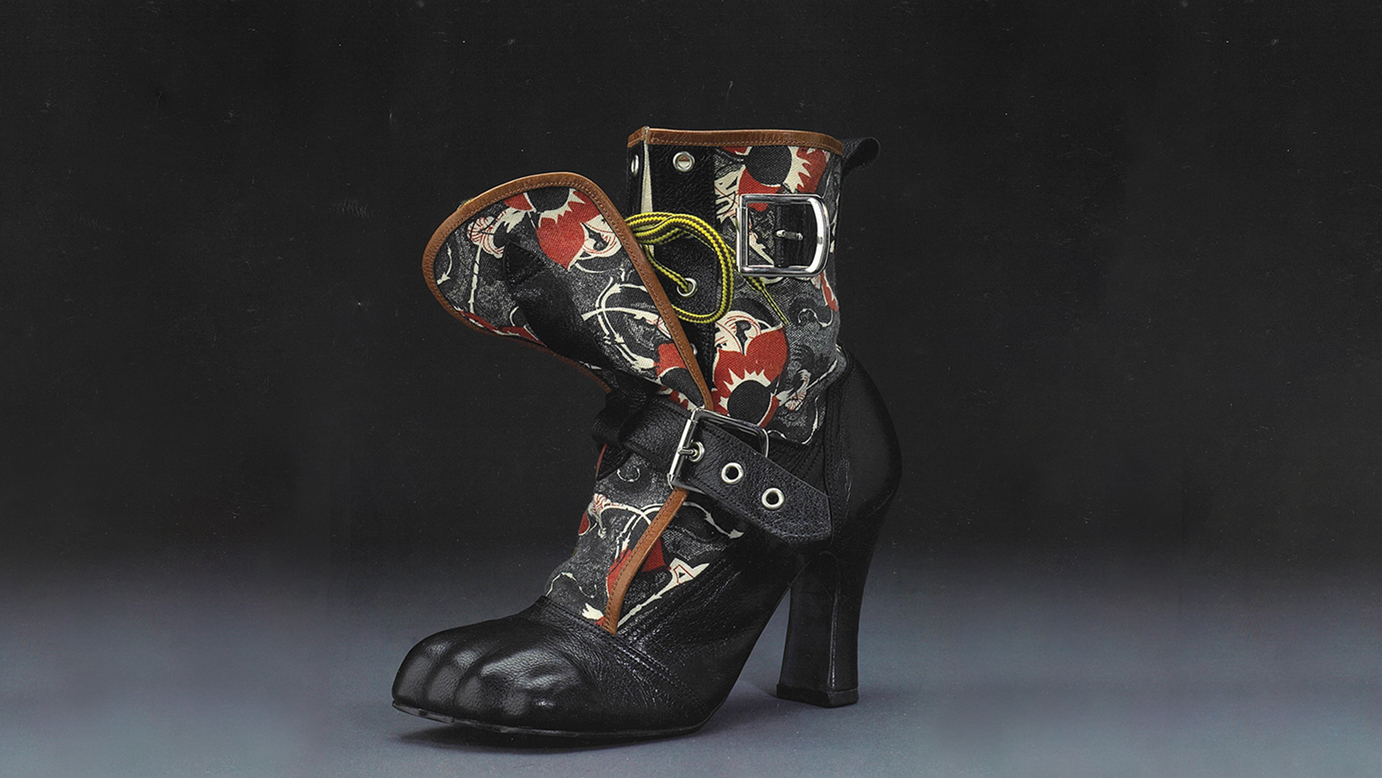
Heritage
15/12/2022
Westwood Heritage: Animal Toe
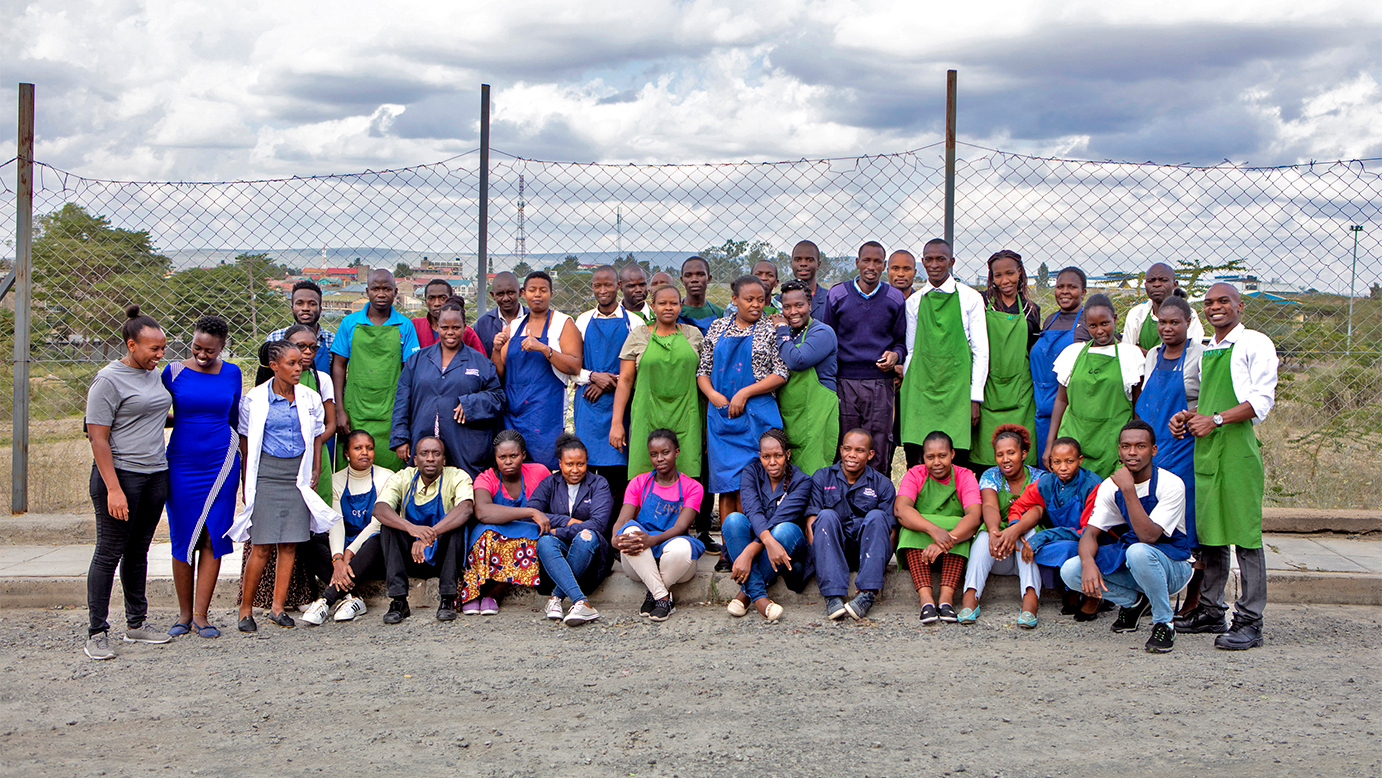
News And Projects
03/11/2022
Made In Kenya - The Journey Continues
15 / 51 Articles Viewed